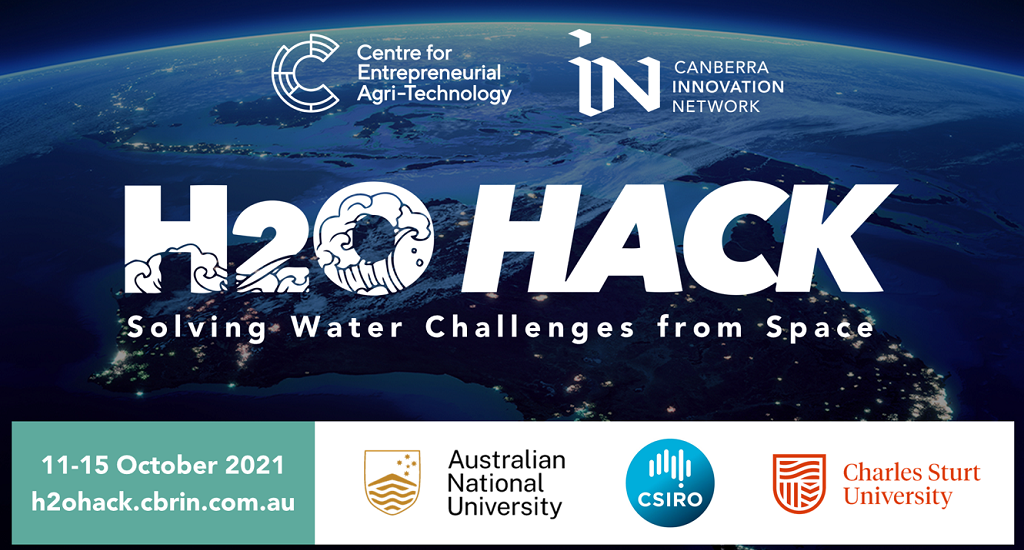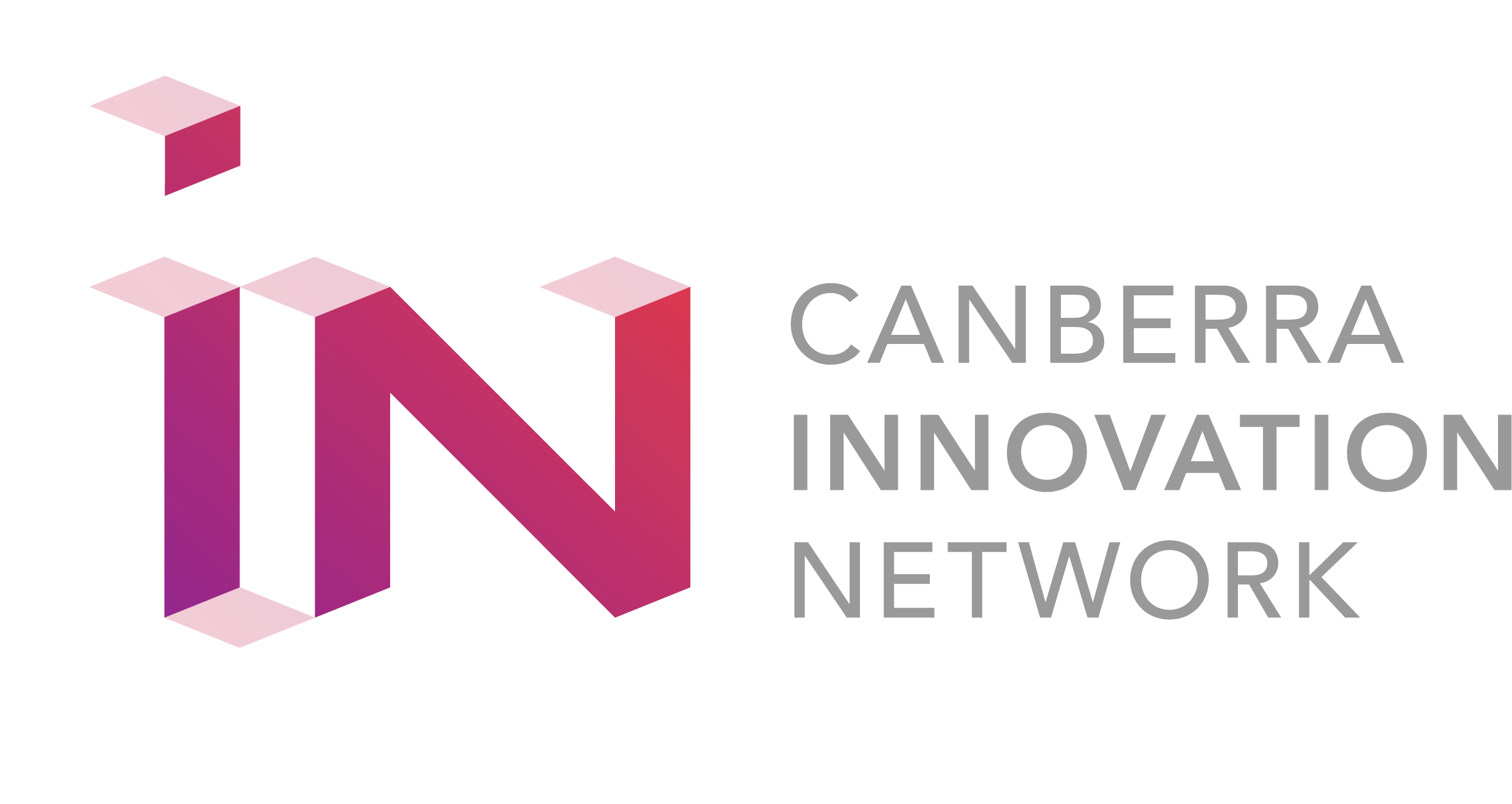- 25 October 2021
- Posted by: Canberra Innovation Network
- Categories: Event News, General News

Riding high on the waves of success from the 2020 H2O Hack, we had to host a sequel.
And it was a huge splash.
Sorry, no more puns. Here’s the story.
The Background
Australia is facing an unprecedented degree of uncertainty regarding our future water security. Drought and bushfires are changing the physical landscape at home, and affecting the entire world’s economies, environments and agricultural communities.
In June 2020, the Canberra Innovation Network assisted the Centre of Entrepreneurial Agri-Technology (CEAT) in the delivery of a virtual H2O Hack to find innovative solutions to future-proofing Australian water. The hackathon saw 12 teams compete for $7,000 in cash prizes, and the winning team pitched a solution that called for the cell membranes of plants to filter waterways.
Due to the overwhelming success of H2O Hack 2020, CBRIN partnered with CEAT with support from the Australian National University, CSIRO and Charles Sturt University to deliver H2O Hack 2021 — finding innovative solutions in solving water problems using space technologies.
The Result
We had one week to work on the solution. Just enough time for three intensive Lean Innovation Workshops. Consisting of three mentor sessions featuring 12 expert mentors with a range of backgrounds including Canberra space startups, entrepreneurs, researchers, consultants, agriculture experts and innovators.
Enter a panel of expert judges.

Each team was invited to present their innovative solution with a three-minute pitch followed by five-minutes of Q&A with the judging panel.
And the outcome? Three winning teams!
AquaTarpas — the Crowd Favourite ($5,000 cash prize)
Problem: Water providers have vast networks of pipelines that need to be looked after, but due to the amount of infrastructure it’s hard to explore the pipes when a leak occurs, and there’s no preventative technology to assess pipes beforehand.
Solution: AquaTarpas has created the ‘AT Hydrobot Gem-1’, which is a small robot that will be able to maneuver through small pipes and scan the infrastructure using onboard sensors to assess the condition of the waterway including rust, splits, holes or blockages and water quality. Using a satellite uplink, the Gem-1 will be able to relay data from satellites to AquaTarpas for assessment, and report back to the user potential risks, the location of current risks and the quality of the water.
OzRiver — 2nd Place ($5,000 cash prize)
Problem: Water trading in Australia has become a vital business tool for many irrigators and has evolved over time. This form of trading allows water users to buy and sell water in response to their individual needs. But farmers usually don’t know how much water is needed for irrigating their farms in a current year and may have no standard or tool to decide how much water they should buy or sell in water trading market.
Solution: OzRiver has created “3D Farm Water”, an interactive tool that can estimate water requirements for irrigation in the current year based on satellite observation, and measure how much water can be stored by floodplain harvesting using high resolution data. The traders from the water trading market will also be able to use the web app to estimate how much water they need for irrigation and plan their water storage. The use of 3D Farm Water will allow both famers and water traders to accurately see how much water they will need to buy / store / sell to improve their profits and water use efficiency.
Waterwise — 1st Place ($10,000 cash prize)
Problem: Before farmers use their irrigation and water systems to do things such as give stock water and water crops, it’s crucial to know that the water entering their system is free of pollutants to avoid destruction such as contaminated water getting into livestock and crops. To test the water these farmers use labs to test the quality, and laboratories typically charge additional fees for fast data reporting on water samples, and the standard turn-around time for testing can affect the results.
Solution: Waterwise is a Gas-Chromatography Mass-Spectrometer system that can be installed to take regular, on-site readings of water pollutant parameters outlined by the customer. This technology will offer a higher level of accuracy as it reduces the likelihood of analyte degradation prior to testing, and using satellite technology rather than the need for internet (especially in rural areas), farmers will be able to get live real-time updates regarding the quality of their water in an easy to understand format through a mobile phone application.

Thank you to everyone who helped make this an incredible experience! We hope to see your solutions come to life.

